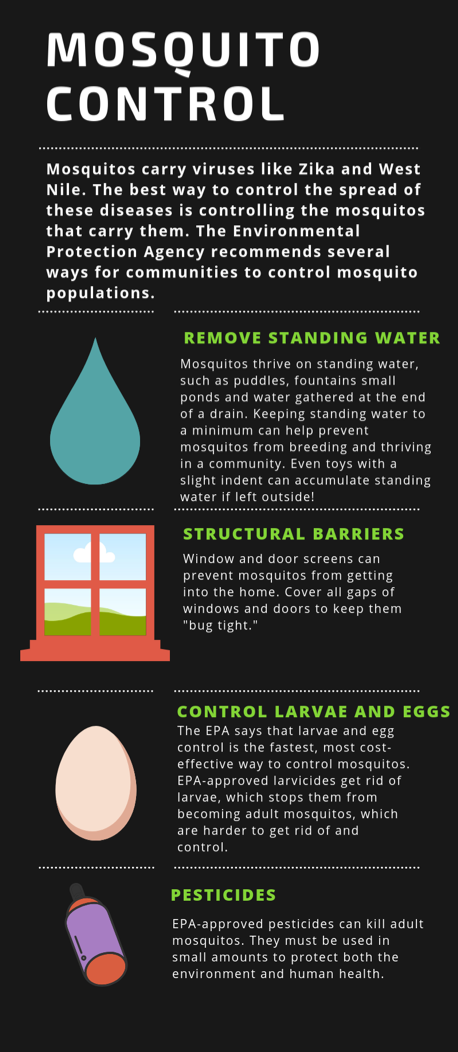By Colleen Zewe
Medill Reports
Thanks to climate change, researchers found a new fly species buzzing through Indiana. And flies aren’t the only ones expanding their territories.
Biologists at the Indiana University-Purdue University Indianapolis School of Science regularly collect blow flies in the area, but they were surprised to see a new species in their collection that didn’t look like the area’s more common fly species.
The species Lucilla cuprina ordinarily lives in humid southern states, from Virginia to parts of California. When researcher Christine Picard and her team noticed the fly in their samples, they knew something was up.
“We found it in multiple samples, and we decided ‘oh wow, this fly is here, it has made its way up,” Picard said.

The researchers could tell the fly was different from a common native species, L. sericata, by looking at the hairs on the back of its head. After confirming the species is in fact L. cuprina, they concluded that it migrated to Indiana due to warming average summer temperatures, implicating climate change.
Fossil fuel emissions raise carbon dioxide levels and CO2, as a greenhouse gas that holds heat in the atmosphere, is a thermostat for global warming.
“As temperatures change and increase, the distributions of these insects will continue to change as well,” Picard said in a press release. “There is definitely a northward movement of species — not just insects, but all species — as they try to find temperatures where they are more comfortable.”
Picard believes flies aren’t the only ones spreading their territory. Disease-carrying insects, called vectors, have also found their way into new states.
The Centers for Disease Control and Prevention data shows that mosquitos carrying West Nile Virus have spread from just a handful of states in 1999 to 46 states in 2017. Zika virus, carried by the mosquitos Aedes aegypti and aedes albopictus , was initially only found in Mexico and South America, but has now made its way into the United States as the range of the insects moves north. And Lyme-disease carrying ticks have spread to 46 states.

Vectors are definitely expanding their territories, according to Natasha DeJarnett, an environmental health policy analyst at the American Public Health Association.
Ticks typically thrive in the longer, more humid summer of Northeastern states, such as New Jersey and Pennsylvania. They die off in the winter. But thanks to longer warm seasons, ticks are living longer, and have more time to travel to new areas that are now warmer and more hospitable to them.
In 2015, 95 percent of Lyme cases appeared in the same 14 states. Still, doctors and residents of states that previously never saw Lyme are experiencing it, and may be unprepared to diagnose and treat it.
DeJarnett pointed to Maine as an example of opportunistic migration – a place where vectors now have a widespread presence. She said that 10 years ago, Maine only had a handful of Lyme disease cases, but 1,700 cases were diagnosed in 2017.
DeJarnett believes educating policymakers, medical providers and patients about vectors and climate change is key key to controlling these new outbreaks.
“It’s important for people to know that there are things people can do to avoid bug bites, and we have to work together on this,” she said, adding that many states with new cases of Lyme have created fact sheets to help doctors diagnose and treat it, since it is not an illness they’ve traditionally seen.
She said that policy makers can implement mosquito control programs, and controlling the vectors is easier than controlling the spread of disease.

Avoiding bug bites is also a great way to avoid vector-borne illnesses, DeJarnett said. She recommends that anyone going outdoors wear long sleeves and pants, and spray themselves with an insect repellant.
As for any negative effects from L. cuprina, Picard predicted this fly won’t have a large impact on Indiana’s ecosystems but large shifts of species over time will. When a new species arrives in an area, it often pushes the native species out, and as the climate get warmer, native species may flee north to seek cooler weather.
“If a different species comes in, is it outcompeting native species?” Picard contemplated. “Are some of the native species also shifting their distribution? Some of the more common ones [in Indiana] might be migrating north in response to the climate changing. It’s a little more difficult to notice the disappearance of a species rather than the sporadic appearance of one, but it is happening. Its increasing competition for resources.”


